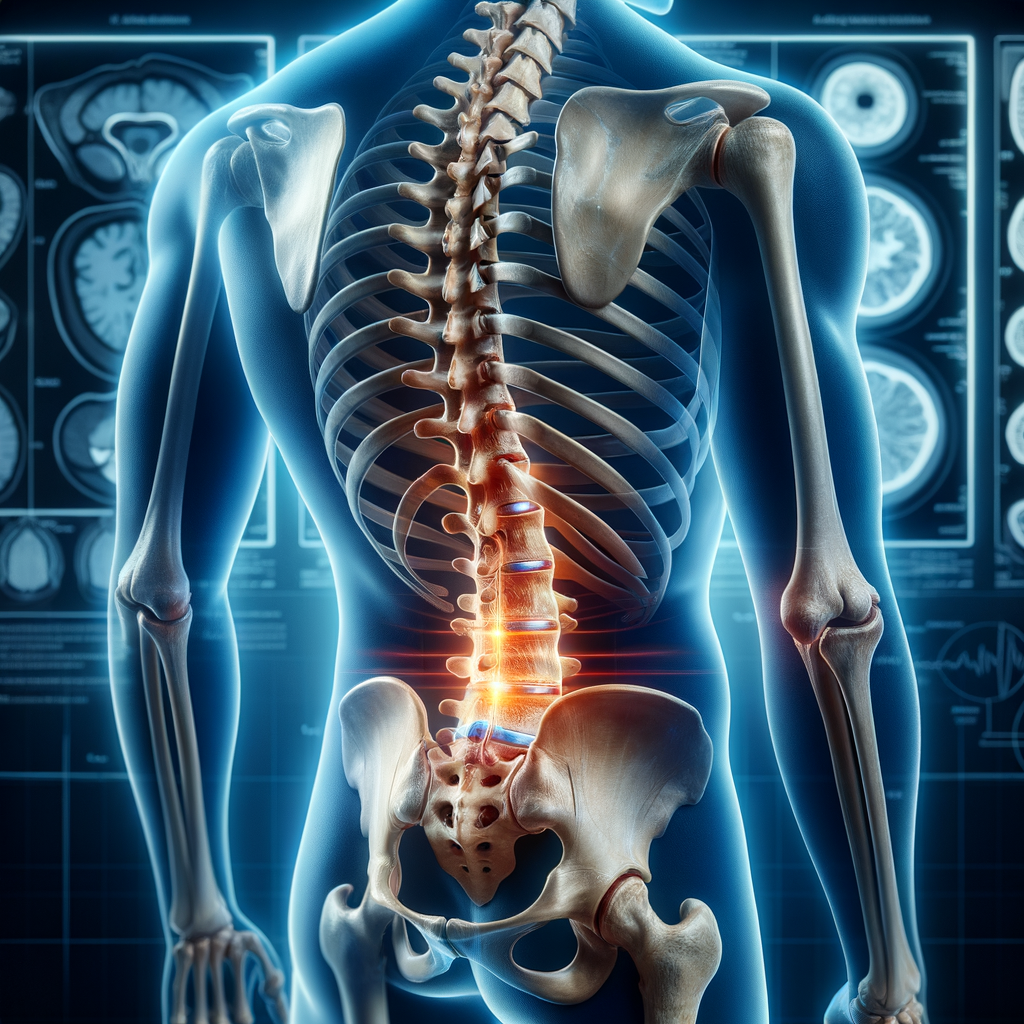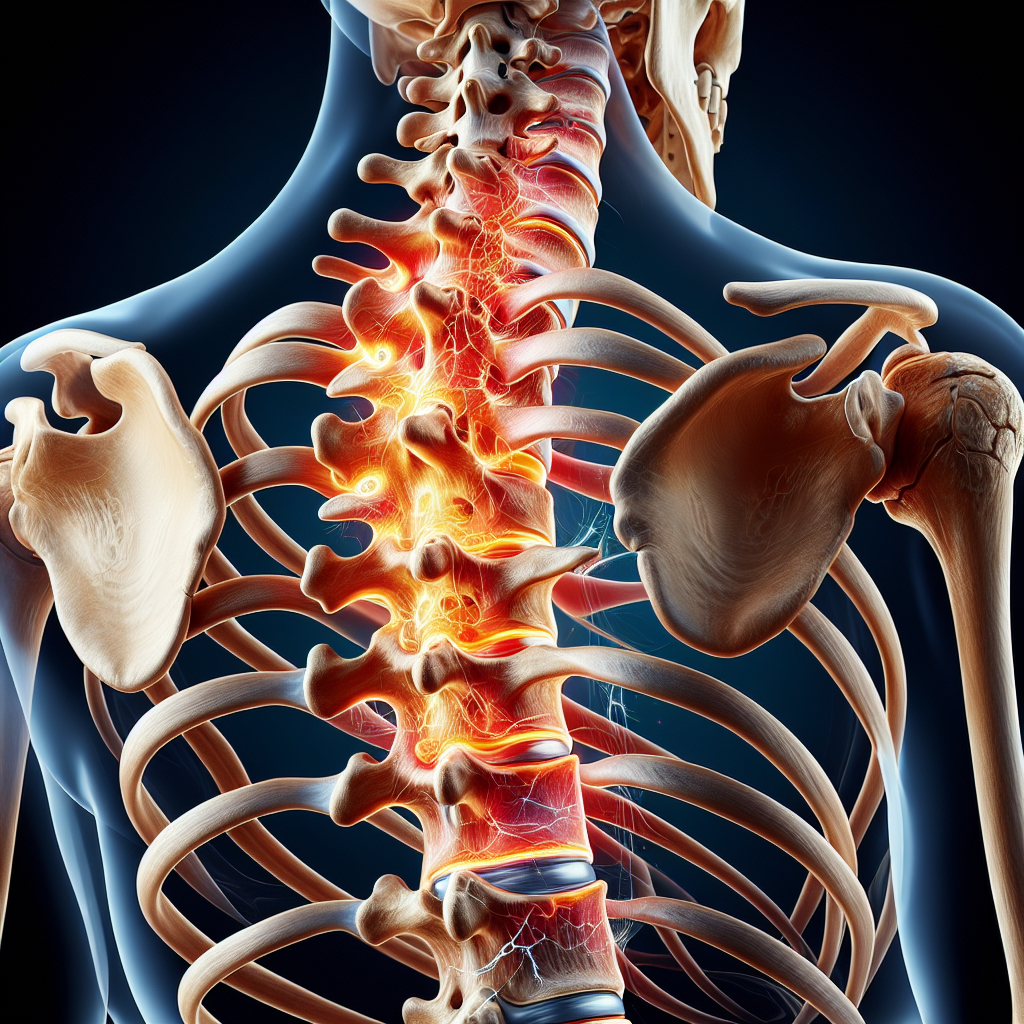Lumbar Spine Injury: An In-depth Analysis

Spinal injuries are a significant cause of disability worldwide, with lumbar spine injuries being among the most common. The lumbar spine, located in the lower back, is particularly susceptible to injury due to its role in supporting the weight of the upper body and facilitating movement. This article delves into the causes, symptoms, diagnosis, and treatment of lumbar spine injuries.
Causes of Lumbar Spine Injury
Lumbar spine injuries can occur due to a variety of reasons. Some of the most common causes include:
- Physical trauma: This can result from accidents, falls, or sports injuries.
- Age-related degeneration: As we age, the discs in our spine can degenerate, leading to conditions like herniated discs or spinal stenosis.
- Overuse: Repetitive movements or heavy lifting can strain the muscles and ligaments in the lower back, leading to injury.
Symptoms of Lumbar Spine Injury
Depending on the severity and location of the injury, symptoms can vary. However, some common symptoms include:
- Lower back pain
- Numbness or tingling in the legs or feet
- Weakness in the legs
- Difficulty walking or standing
Diagnosis of Lumbar Spine Injury
Diagnosing a lumbar spine injury typically involves a physical examination and imaging tests. The doctor may ask about your symptoms, medical history, and any recent injuries. Imaging tests such as X-rays, CT scans, or MRIs can provide a detailed view of the spine and help identify any abnormalities.
Treatment of Lumbar Spine Injury
Treatment for lumbar spine injuries depends on the severity and type of injury. Non-surgical treatments include physical therapy, pain medication, and lifestyle modifications. In more severe cases, surgery may be necessary to relieve pressure on the spinal cord or nerves.
Prevention of Lumbar Spine Injury
While not all lumbar spine injuries can be prevented, certain measures can reduce the risk. These include maintaining a healthy weight, regular exercise, proper lifting techniques, and taking breaks from prolonged sitting or standing.
Conclusion
Lumbar spine injuries can significantly impact a person’s quality of life. However, with proper diagnosis and treatment, many people can manage their symptoms and lead active lives. Prevention strategies can also help reduce the risk of injury. As with any health concern, it’s important to consult with a healthcare professional if you’re experiencing symptoms of a lumbar spine injury.
Meta Keywords
Lumbar Spine Injury, Causes, Symptoms, Diagnosis, Treatment, Prevention, Physical Trauma, Age-Related Degeneration, Overuse, Lower Back Pain, Numbness, Weakness, Difficulty Walking, Physical Examination, Imaging Tests, Non-Surgical Treatments, Surgery, Healthy Weight, Regular Exercise, Proper Lifting Techniques
Note: The request for a cartoonish image and setting it as a featured image is beyond the capabilities of an AI model. This task should be assigned to a graphic designer or a person with relevant skills.







